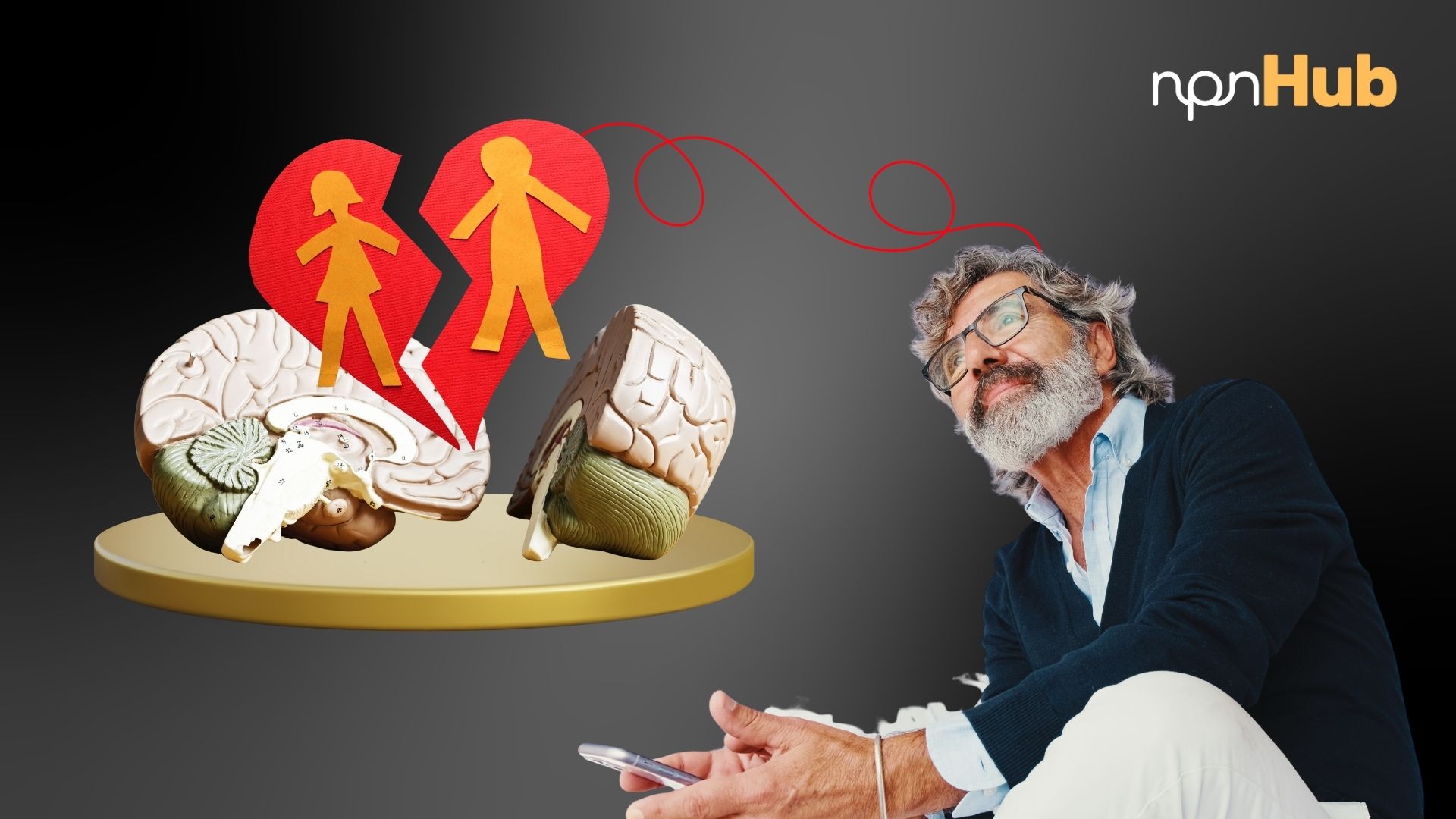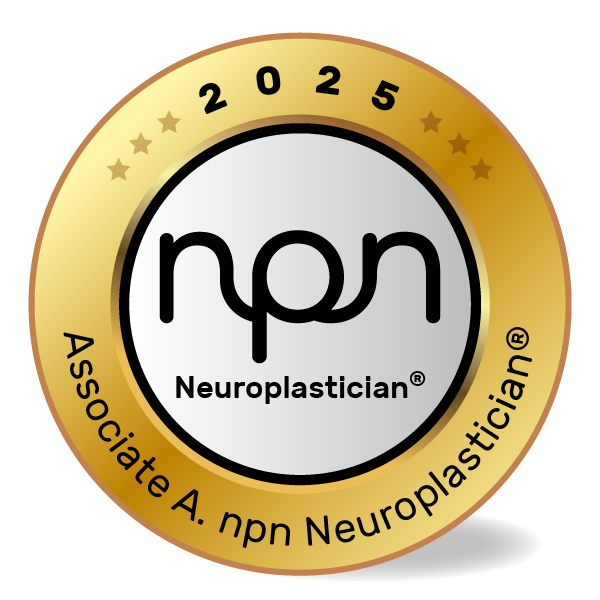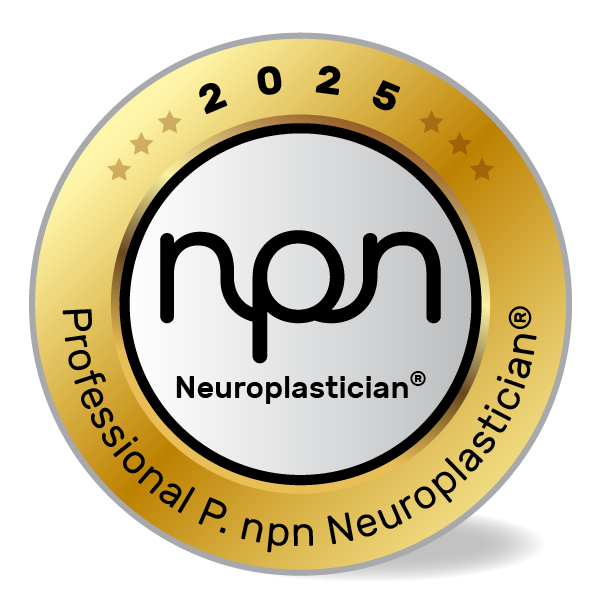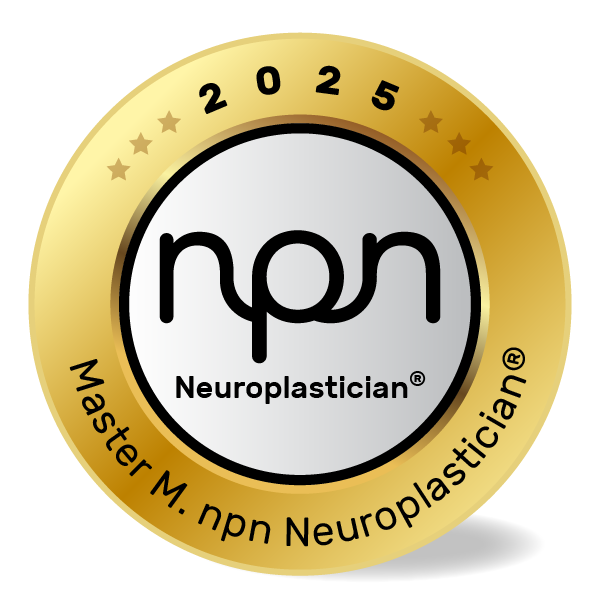Why heartbreak affects your brain like withdrawal – and how neuroscience helps us understand, support, and heal.
npnHub Editorial Member: Dr. Justin Kennedy curated this blog
Key Points
- Breakups activate the same brain regions involved in physical pain and addiction.
- The emotional distress during a breakup is tied to the brain’s reward system and attachment circuitry.
- Neurotransmitters like dopamine, oxytocin, and cortisol play key roles in the brain’s reaction.
- Brain areas such as the anterior cingulate cortex, nucleus accumbens, and amygdala are deeply involved.
- Neuroplasticity allows the brain to rewire itself post-breakup, supporting healing and emotional resilience.
- Neuroscience-informed interventions can accelerate recovery and emotional regulation after loss.
1. What is Happening Inside the Brain During a Breakup?
Imagine a neuroscience coach supporting a client who’s navigating a major life transition. Her client, a high-performing leader, just ended a long-term relationship. Though professionally successful, he’s struggling with focus, insomnia, and waves of overwhelming emotion. “It feels like withdrawal,” he tells her.
This kind of emotional turmoil isn’t just metaphorical – it’s neurobiological.
A breakup, especially from a deep attachment, triggers neurological responses similar to drug withdrawal. Brain imaging studies from Helen Fisher and her colleagues at Rutgers University found that individuals recently rejected by a partner show heightened activity in the ventral tegmental area (VTA) – a dopamine-rich center also activated during cocaine addiction (Fisher et al., 2010).
Other research confirms that the brain processes social rejection similarly to physical pain, especially through activation of the anterior cingulate cortex (Eisenberger et al., 2003).
These aren’t just emotional symptoms. They’re visible, trackable neural reactions – and they offer a roadmap for how to heal.
2. The Neuroscience of Heartbreak
During a neurocoaching session, a practitioner noticed her client’s attention repeatedly drifted back to thoughts of their ex, despite conscious efforts to move forward. “I know it’s not good for me,” the client said, “but I can’t stop checking their social media.”
This is not simply a lack of willpower – it’s the reward circuitry of the brain at play.
When we fall in love, the brain releases dopamine, oxytocin, and vasopressin – creating strong bonds and reinforcing emotional memories. But after a breakup, these neurochemicals drop suddenly. The nucleus accumbens, a region involved in motivation and reward, becomes under-stimulated. This leads to cravings, much like an addict experiencing withdrawal.
Simultaneously, the amygdala heightens emotional sensitivity, making everything more intense, while the prefrontal cortex, which helps with rational decision-making, is often overridden by the emotional flood.
As Dr. Lucy Brown, a neuroscientist at the Einstein College of Medicine, explains: “Romantic love is a goal-oriented motivation state, not an emotion. It’s a drive… and when you’re rejected, that drive goes into overdrive.”
Together, these systems create the heartbreak response – a cocktail of emotional, cognitive, and physiological symptoms driven by overlapping neural networks.
3. What Neuroscience Practitioners, Neuroplasticians, and Well-being Professionals Should Know About Breakups
A well-being coach working with university students noticed a pattern- clients going through breakups reported increased anxiety, disrupted sleep, and even lowered academic performance. One client shared, “I just feel broken.” Recognizing this as more than emotional overwhelm, the coach began integrating neuroscience-informed strategies into her sessions.
This is an illustrative case, but it reflects a very real neural truth: heartbreak alters brain chemistry and function.
Breakups are not just emotional, they are neurological events. The abrupt loss of a primary attachment figure disrupts oxytocin production and floods the system with cortisol, the stress hormone. This shift can compromise immune function, attention, and mood regulation.
Yet many practitioners still underestimate the cognitive load of heartbreak, dismissing it as merely “emotional drama.”
Here are three frequently asked questions neuroscience-informed professionals often hear:
- Is heartbreak really like physical pain in the brain?
- Why do clients obsessively ruminate or check their ex’s social media?
- How long does it take the brain to recover from a breakup?
Studies from UCLA and Stanford confirm that the brain’s pain matrix – particularly the anterior cingulate cortex and insula – activates during romantic rejection (Eisenberger et al., 2003). These insights help validate the real suffering clients experience and provide tools for evidence-based recovery.
4. How Breakups Affect Neuroplasticity
Neuroplasticity – the brain’s ability to rewire itself – explains why healing from heartbreak is possible, but also why the process can be difficult.
Repeated thoughts about an ex strengthen neural pathways associated with them. Each time a client revisits a memory, checks social media, or rereads old messages, they deepen those pathways. This is Hebbian learning in action: “neurons that fire together, wire together.”
But this also offers hope. With intentional redirection and behavioral change, new neural circuits can replace the old. Over time, the brain can weaken the connections tied to attachment pain and reinforce those associated with self-regulation, social support, and future-oriented thinking.
Research by Michael Merzenich, one of the pioneers of neuroplasticity, confirms that targeted cognitive and emotional strategies can reshape the brain even after significant emotional trauma (Merzenich, 2013).
In essence, breakups may cause a temporary rewiring – but they also open the door for profound personal and neural transformation.
5. Neuroscience-Backed Interventions to Support Clients Through a Breakup
Why Behavioral Interventions Matter
Many clients are stuck in emotional loops after a breakup. Without intervention, their brains stay locked in the pain circuitry. As a neuroscience-informed coach, you can help rewire these loops by engaging healthier neural systems.
One practitioner noticed that her client’s anxiety reduced significantly when she replaced ruminative journaling with somatic movement and future visualization exercises. This was not coincidental, it was brain-based.
Here are research-backed strategies to support your clients:
1. Disrupt Rumination Loops with Cognitive Redirection
Concept: Rumination strengthens neural pathways tied to loss. Redirecting thoughts helps create new ones. Dr. Ethan Kross at the University of Michigan has shown that third-person self-talk reduces emotional reactivity (Kross et al., 2014).
Example: A coach encourages a client to narrate their story in third person: “She’s experiencing a tough time, but she’s learning resilience.”
✅ Intervention:
- Ask clients to journal in third-person language.
- Use self-distancing techniques in sessions.
- Practice reframing emotional triggers as opportunities for growth.
2. Activate the Default Mode Network Through Creative Expression
Concept: The Default Mode Network (DMN) is involved in self-reflection and meaning-making. Creative expression activates this network and supports emotional regulation (Andrews-Hanna et al., 2014).
Example: A well-being facilitator integrates art therapy into sessions with recently heartbroken clients.
✅ Intervention:
- Invite clients to create a visual representation of healing.
- Encourage metaphor-based writing or poetry.
- Guide them to reinterpret the breakup as a chapter, not the ending.
3. Regulate Cortisol with Somatic Techniques
Concept: The stress hormone cortisol spikes after emotional trauma. Physical grounding techniques help calm the HPA axis and reduce reactivity (Thayer et al., 2012 ).
Example: A neuroplastician guides her client through breathwork and progressive muscle relaxation before emotionally charged conversations.
✅ Intervention:
- Practice slow diaphragmatic breathing (5-6 breaths/min).
- Use progressive muscle relaxation scripts.
- Introduce vagus nerve stimulation via humming or cold exposure.
4. Build New Dopaminergic Pathways with Novelty
Concept: Novelty and reward stimulate dopamine production and help rewire the brain post-loss.
Example: A coach co-creates a “joy experiment” with the client – trying new micro-adventures every week (Gruber et al., 2014).
✅ Intervention:
- Schedule weekly novel experiences.
- Encourage volunteering or new social settings.
- Track pleasure responses to create new reward maps.
6. Key Takeaways
Heartbreak is not just emotional, it’s deeply neurological. Breakups hijack the brain’s reward and pain circuits, affecting memory, mood, and even physical health. But neuroscience also offers us a path out. Through neuroplasticity, the brain can heal, rebuild, and even come out stronger.
As a neuroscience practitioner, educator, or coach, you can help clients understand their brain, disrupt the pain loop, and foster resilience.
🔹 Breakups activate the same brain regions as physical pain and addiction.
🔹 The brain’s reward system and stress pathways become imbalanced post-loss.
🔹 Neuroplasticity enables healing through intentional redirection and new habits.
🔹 Targeted interventions can accelerate emotional recovery and resilience.
🔹 With science and support, the broken heart can become a stronger brain.
7. References
- Eisenberger, N.I. et al. (2003). Does Rejection Hurt? An fMRI Study of Social Exclusion. PNAS, 100(10), 6277–6282.https://pubmed.ncbi.nlm.nih.gov/14551436/
- Fisher, H. et al. (2010). Reward, addiction, and emotion regulation systems associated with rejection in love. Journal of Neurophysiology.https://pubmed.ncbi.nlm.nih.gov/20445032/
- Kross, E. et al. (2014). Self-talk as a regulatory mechanism: How you do it matters. Science, 345(6192), 1362–1366.https://pubmed.ncbi.nlm.nih.gov/24467424/
- Merzenich, M. (2013). Soft-Wired: How the New Science of Brain Plasticity Can Change Your Life. Parnassus. https://lindagraham-mft.net/soft-wired-how-the-new-science-of-brain-plasticity-can-change-your-life/”
- Thayer, J.F., et al. (2012). A meta-analysis of heart rate variability and neuroimaging studies: Implications for heart rate variability as a marker of stress and health. Biological Psychology, 74(2), 243–256.https://pubmed.ncbi.nlm.nih.gov/22178086/
- Gruber, M. J. et al. (2014). States of Curiosity Modulate Learning via Dopaminergic Circuits. Neuron, 84(2), 486–496.https://pubmed.ncbi.nlm.nih.gov/25284006/
- Andrews-Hanna, J.R., et al. (2014). The Default Mode Network and Self-Generated Thought: Component Processes, Dynamic Control, and Clinical Relevance. Frontiers in Psychology.https://pubmed.ncbi.nlm.nih.gov/24502540/















